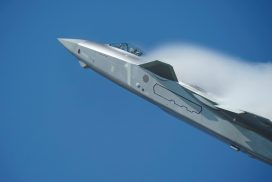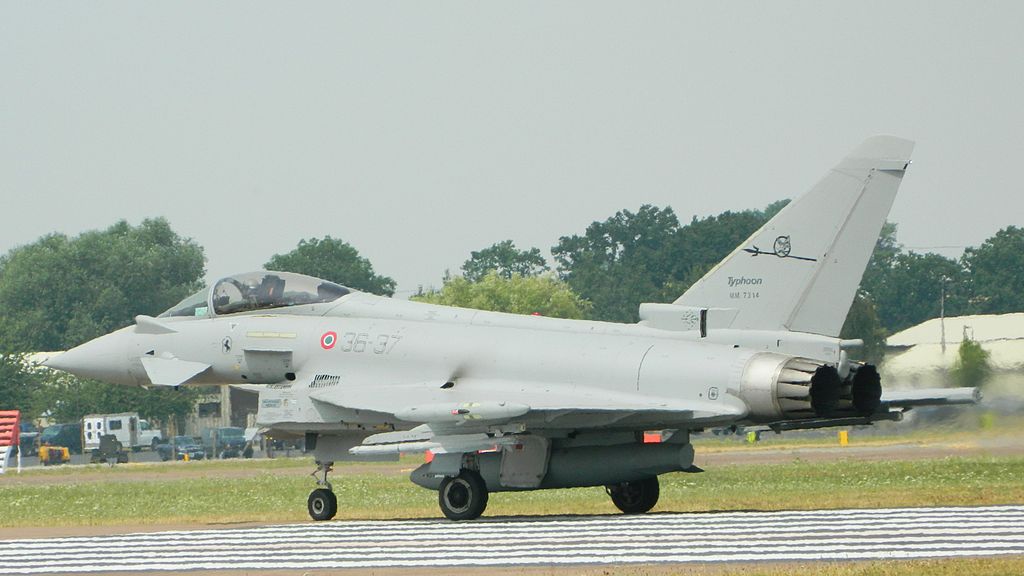Following strong protests from Pakistan against ground raids by American commandos, the US is now increasingly relying instead on an intensifying campaign of airstrikes by the Central Intelligence Agency (CIA) against militants in the mountainous region bordering Aghanistan.pAttacks by remotely piloted Predator aircraft have seen a sharp increase over the past three months. There were at least 18 Predator strikes since August, some deep inside Pakistan’s tribal areas, compared with five strikes during the first seven months of 2008, the New York Times reported Monday, quoting US and Pakistani officials./ppAdvocates of the ground raids within the Bush administration, however, feel that relying on airstrikes alone would not be able to weaken Al Qaeda’s grip in the tribal areas./ppThey argue that Special Operations forces alone can successfully capture suspected operatives and interrogate them for information on senior Al Qaeda leaders./ppThe decision to opt for airstrikes using missiles reflects dwindling options for the Bush administration in its waning days, the Times said, noting that President George W. Bush had given his approval in July for ground missions inside Pakistan./ppYet, the only known US ground mission was a raid on Sep 3, in which the two dozen people killed included civilians, provoking a fierce Pakistani response, including a visit to Washington by National Security Adviser Mahmud Ali Durrani to register protest./ppQuoting a senior US official, the Times reported that there is no tacit agreement with Pakistan to allow increased Predator strikes in exchange for stopping ground raids, which too remains an option on the table./ppOn Pakistani side, officials have publicly stated that they regard the Predator attacks as a less objectionable violation of Pakistani sovereignty./ppHusain Haqqani, Pakistan’s ambassador to the US, told the Council on Foreign Relations this month that the two nations were cooperating in deploying ‘strategic equipment that is used against specific targets’./pp’There’s always a balance between respecting full Pakistani sovereignty, even in places where they’re not capable of exercising that sovereignty, and the need for our force protection,’ an unidentified US administration official was quoted as saying by the Times./ppAttacks by militants, ensconced in Pakistan havens, against US and allied forces in Afghanistan, have increased by about 30 percent from a year ago, according to US military officials./ppIn response, the CIA has expanded its list of targets in Pakistan and has gained approval from the government there to bolster eavesdropping operations in the border region, according to US officials, the Times said./ppMany of the Predator strikes are taking place as deep as 25 miles into Pakistani territory. Targets include not just Al Qaeda leaders but also Pakistani militants, even trucks carrying rockets to resupply fighters in Afghanistan./ppA Predator strike in South Waziristan Oct 16 killed Khalid Habib, a senior Al Qaeda operative. But the strikes sometimes have unintended consequences. On Sep 8, one in Miranshah on a compound owned by a Taliban leader, Jalaluddin Haqqani, failed to kill him but did kill women and children, the Times noted./ppTalking about the achievement of the increased airstrikes, a Western counterterrorism official told the Times: ‘It’s fair to say that it has caused key Al Qaeda figures to focus even more on their safety and security. It has caused them to be more suspicious of people they don’t know well, and it also has caused frictions between Al Qaeda and tribal elements.’/ppBut the official acknowledged that the intensified operations have so far failed to shake Al Qaeda’s hold on the tribal areas./p
Menu
Copyright © 2007- 2024 • Defence Aviation • All Rights Reserved. Reproduction without explicit permission is prohibited.



